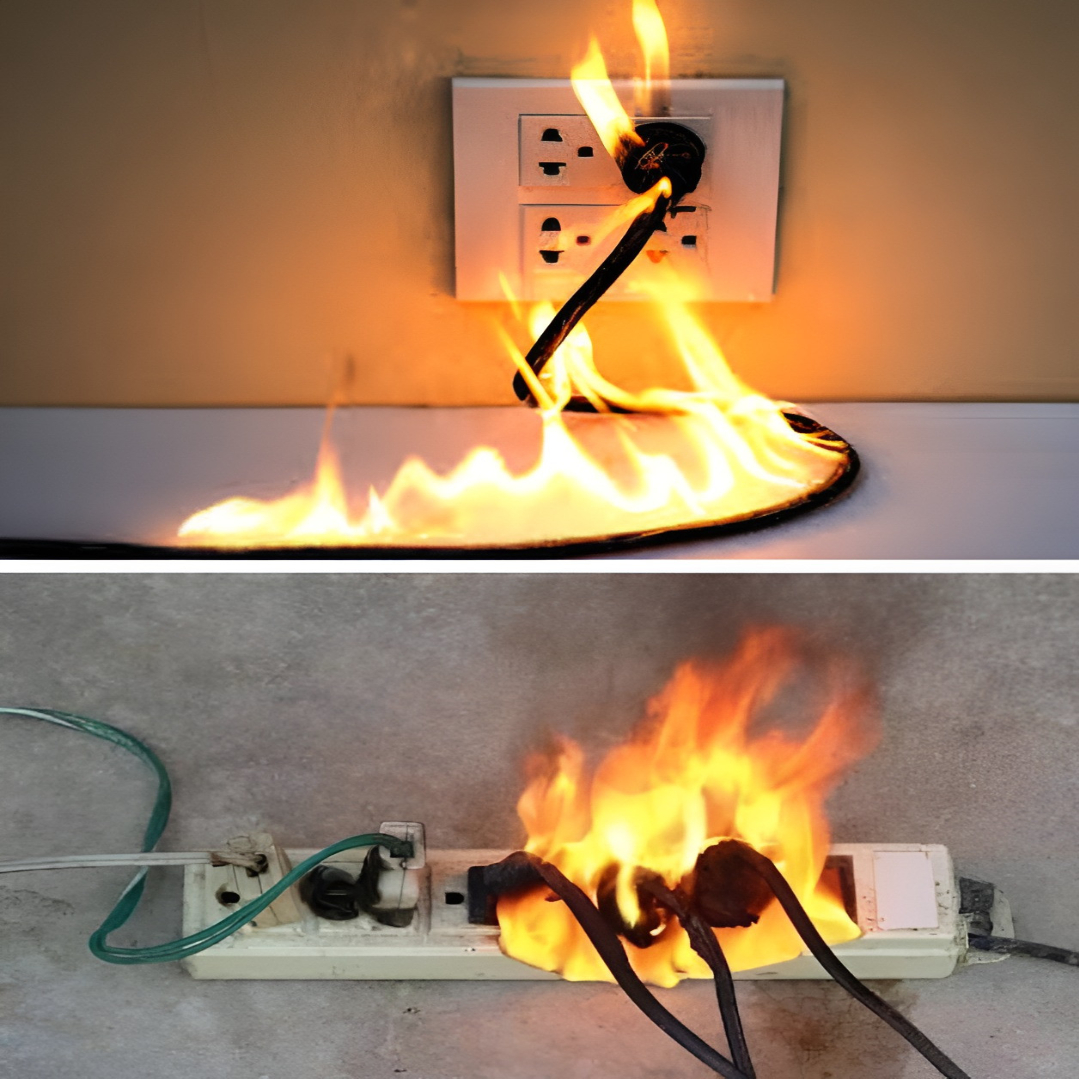ADVERTISEMENT
Using power strips or multiple outlet adapters can be incredibly convenient, but it’s important to know what not to plug into them to avoid potential hazards like overloading, electrical fires, or damage to your devices. Here are **9 things you should never plug into a power strip**:
### **1. **High-Powered Appliances**
– **Examples:** Refrigerators, microwaves, toasters, space heaters, and air conditioners.
– **Reason:** These devices require a significant amount of power and can easily overload a power strip, leading to overheating and potential fire hazards. They should be plugged directly into a wall outlet.
### **2. **Medical Equipment**
– **Examples:** Oxygen concentrators, CPAP machines, or other critical medical devices.
– **Reason:** Medical equipment needs a reliable and stable power source. Using a power strip can introduce risks of malfunction or power interruption.
### **3. **Large Power Tools**
– **Examples:** Table saws, drills, and other heavy-duty tools.
– **Reason:** These tools draw a lot of current and can overwhelm a power strip. They should be plugged directly into a wall outlet designed to handle their power needs.
### **4. **Extension Cords**
– **Examples:** Standard extension cords or multiple extension cords daisy-chained together.
– **Reason:** Plugging an extension cord into a power strip or chaining multiple cords can create a fire hazard due to the risk of overheating. Use a single, appropriately rated extension cord if needed.
### **5. **High-Wattage Light Fixtures**
– **Examples:** Halogen lamps, high-intensity lights, or industrial lighting.
– **Reason:** High-wattage lighting can draw too much power for a power strip and cause overheating.
### **6. **Space Heaters**
– **Examples:** Portable electric heaters.
– **Reason:** Space heaters are a common cause of household fires and should always be plugged directly into a wall outlet to minimize fire risks.
### **7. **Fridges and Freezers**
– **Examples:** Standalone fridges or freezers.
– **Reason:** These appliances require a consistent and high current to operate safely and efficiently. Plugging them into a power strip can cause power surges or overloads.
### **8. **Air Purifiers**
– **Examples:** High-capacity air purifiers or large units.
– **Reason:** Similar to other high-power devices, air purifiers may draw more power than a power strip can safely handle, leading to overheating.
### **9. **Large Audio/Visual Equipment**
– **Examples:** Home theater systems, large TV setups, or high-end gaming rigs.
– **Reason:** These devices can be sensitive to power fluctuations, and a power strip might not provide the necessary surge protection or stability. Use a surge protector with adequate power handling capacity if needed.
### **General Tips for Using Power Strips Safely:**
– **Check Ratings:** Ensure your power strip is rated for the total wattage of the devices you’re plugging into it.
– **Avoid Overloading:** Do not plug too many devices into a single power strip. Follow the manufacturer’s guidelines for maximum load.
– **Use Surge Protectors:** For sensitive electronics, use a surge protector rather than a basic power strip to safeguard against power surges and spikes.
– **Inspect Regularly:** Check power strips for damage, such as frayed cords or scorch marks, and replace them if they show signs of wear.
By following these guidelines, you can help prevent potential hazards and ensure that your electrical setup remains safe and functional.

